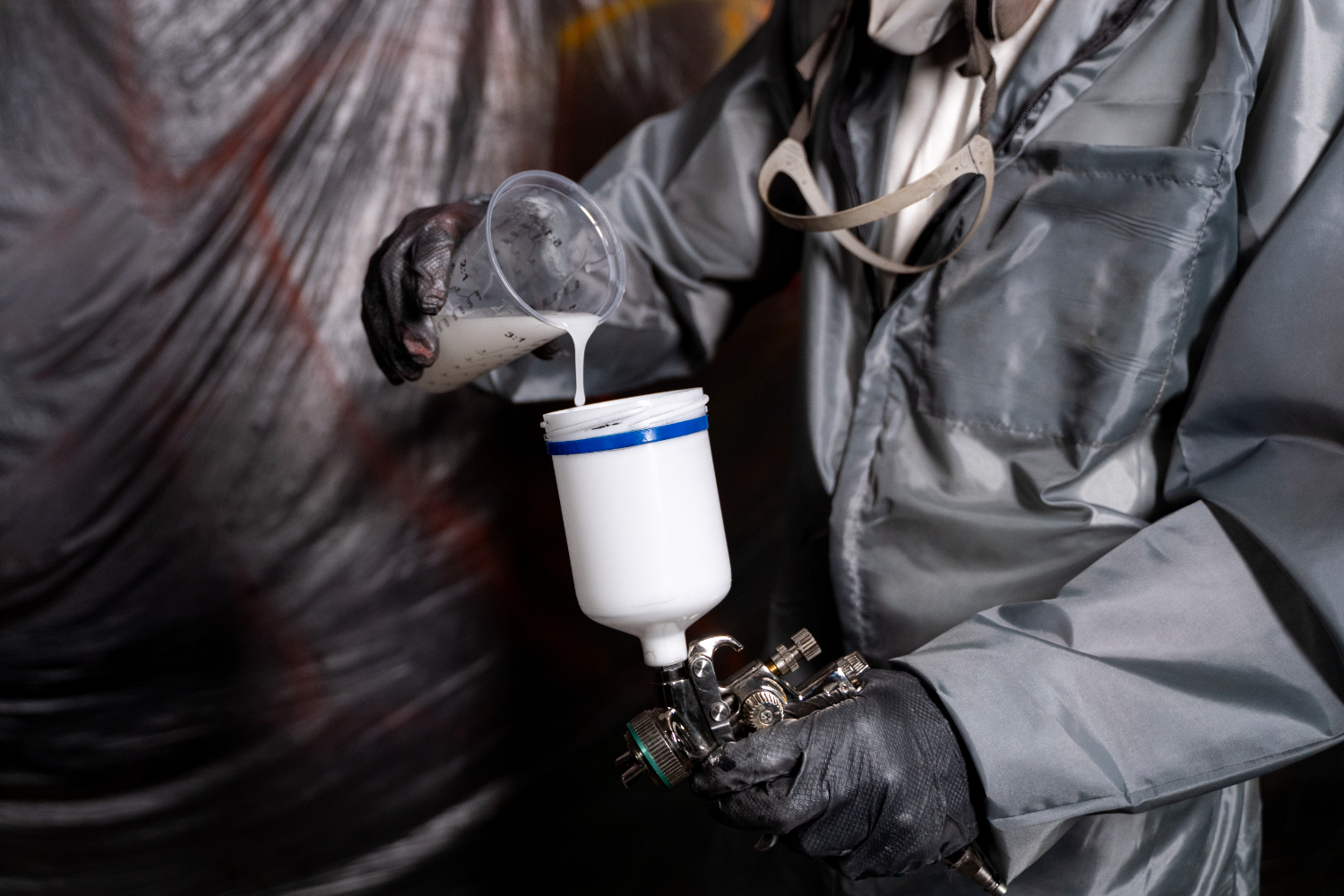
Factories play a big role in our economy, but they can also impact the environment. Using eco-friendly painting solutions is a smart way to reduce that impact. These paints keep the air cleaner and protect the health of workers. By choosing green options, factories can run safely and sustainably.
Eco-friendly paints are different from traditional paints. They contain fewer harmful chemicals, making them better for everyone’s health and the environment. These paints are made with natural ingredients and produce fewer fumes. Using them can make the workplace more pleasant and safer for employees.
So, let’s explore more about the types of eco-friendly paints, how to use them in factories, and the challenges that might come up.
The Importance of Eco-Friendly Paints in Factories
Eco-friendly paints are a big deal for factories for many reasons. These paints help reduce harmful emissions. Traditional paints often have volatile organic compounds (VOCs) that can be harmful. VOCs pollute the air and can cause health problems for workers. By using eco-friendly paints, we can keep the air cleaner and safer for everyone.
Eco-friendly paints are also better for the environment. They are made from natural and safe materials. This means they break down more easily and don’t pollute the earth. Factories that use these paints show they care about the environment. This can be important for meeting local regulations and for showing a commitment to sustainability.
Using eco-friendly paints can improve the factory’s image. Businesses today are looking for ways to be greener. By using paints that are safe for the environment, factories can boost their reputation. Customers, employees, and the community will see the factory as a responsible and caring place.
Types of Eco-Friendly Paints and Their Benefits
1. Low-VOC Paints
Low-VOC paints are a great choice for factories. They have fewer harmful chemicals compared to regular paints. This makes them safer for workers and the environment. Low-VOC paints help reduce air pollution and improve indoor air quality. They are also effective in providing good coverage and lasting protection.
2. Water-Based Paints
Water-based paints are another eco-friendly option. These paints use water as a solvent instead of chemicals. This means they produce fewer fumes and are easier to clean up. Water-based paints dry quickly and don’t release harmful gases. They are perfect for factories that need a safer and more comfortable working environment.
3. Natural Paints
Natural paints are made from ingredients like clay, lime, and plant oils. They are completely free from synthetic chemicals. These paints are biodegradable and non-toxic. Natural paints offer a beautiful finish and are very durable. They are an excellent choice for factories looking to be as green as possible.
4. Recycled Paints
Recycled paints are made from leftover paints that have been reprocessed. These paints are good for the environment because they reduce waste. Using recycled paints helps in saving resources and lowering the environmental impact. They come in various colors and finishes, making them a versatile choice for different factory needs.
Implementing Eco-Friendly Painting Practices
1. Using Green Painting Techniques
Using green painting techniques can make a big difference in reducing a factory’s environmental footprint. One method is to apply paint with equipment that minimizes waste, such as high-efficiency sprayers. These sprayers use less paint but still provide good coverage.
Another technique is choosing paints that require fewer coats. This not only saves paint but also reduces the time and energy needed for the job. Factories can also schedule painting during times when it will least affect production to minimize the energy costs.
2. Proper Disposal and Recycling
Proper disposal and recycling practices are crucial for maintaining an eco-friendly factory. Leftover paint and empty cans shouldn’t just be thrown away. Instead, they should be taken to recycling centers that handle hazardous materials.
Some paints can even be donated to community projects or repurposed for other uses. Factories should set up systems to collect any paint waste and make sure it gets disposed of correctly. This prevents harmful chemicals from ending up in landfills and polluting the environment.
3. Training Staff on Eco-Friendly Practices
Training staff on eco-friendly practices ensures that everyone is on the same page. Employees should learn about the benefits of using eco-friendly paints and how to apply them correctly. Training can also cover waste reduction methods and proper disposal techniques.
Regular workshops and updates keep everyone informed about new green technologies and methods. By making eco-friendly practices a part of the factory culture, staff can help maintain a safe and sustainable work environment.
Challenges and Solutions for Eco-Friendly Painting in Factories
1. Overcoming Cost Concerns
One common challenge is the cost of eco-friendly paints and supplies. They can be more expensive than traditional options. However, they often last longer and require less maintenance over time. This can save money in the long run.
Factories can start by gradually integrating eco-friendly options, which helps spread out the initial costs. Looking for bulk purchasing options or government incentives can also help reduce expenses.
2. Ensuring High Quality and Durability
Another challenge is making sure eco-friendly paints perform as well as traditional ones. Some people worry they might not be as durable or vibrant. Choosing high-quality brands and testing small areas first can help ensure they meet the factory’s needs.
It’s important to follow the manufacturer’s guidelines for application to get the best results. Regular inspections and maintenance also help in keeping the paint job in top condition.
3. Adapting to Environmental Regulations
Environmental regulations can be strict and change often. Keeping up with these can be challenging, but it’s important for factories to comply. Staying informed about the latest rules and working with suppliers who understand these regulations can make it easier.
Factories should also invest in training for staff so they know how to follow these guidelines. By staying ahead of regulations, factories can avoid fines and contribute to a healthier environment.
Sustainable Coatings for Smarter Factory Maintenance
Eco-friendly painting solutions offer great benefits for factories. They help create a safer work environment by reducing harmful emissions and improving air quality. Eco-friendly paints also show a factory’s commitment to protecting the environment, which can boost its reputation.
Using green painting techniques and proper disposal methods ensures that these paints are used effectively. Training staff on eco-friendly practices makes sure everyone is equipped to maintain these standards. While there are challenges, such as higher costs and meeting regulations, solutions like phased implementation and staying informed can help overcome them.
Choosing eco-friendly paints and practices is an important step for any factory. It helps the environment, protects worker health, and can even save money in the long run. To learn more about how to implement these solutions in your factory, contact Procoat Painting Inc. today. Our team of industrial painting contractors is here to help you make the best choices for a sustainable future!




